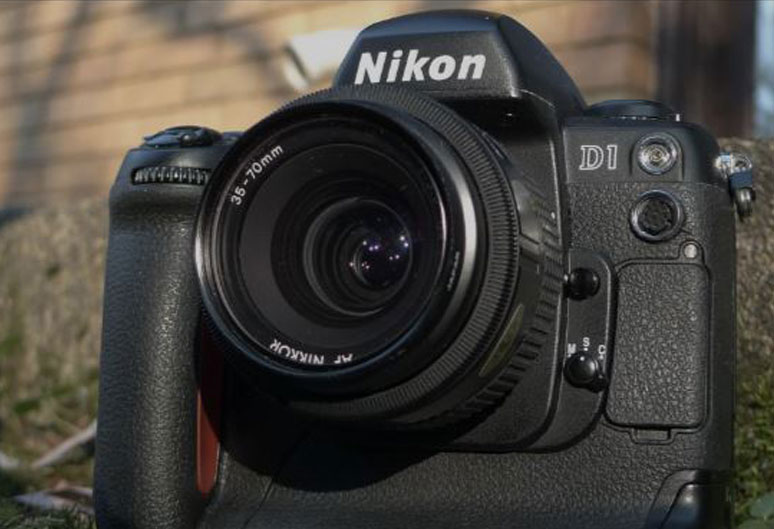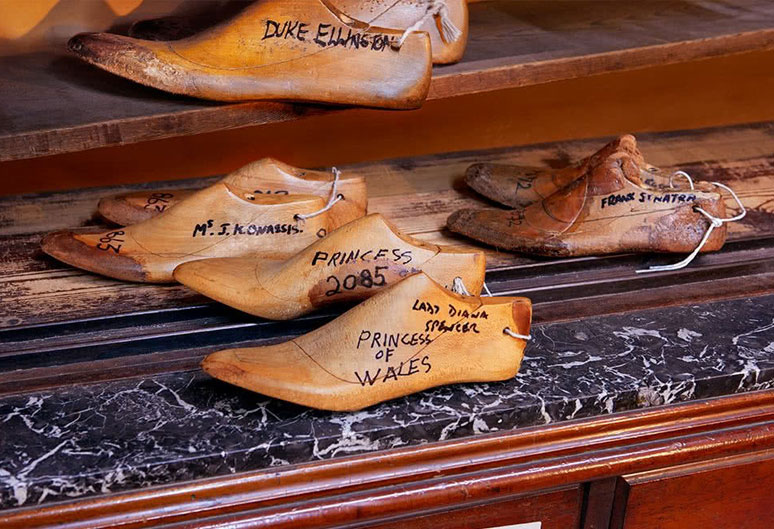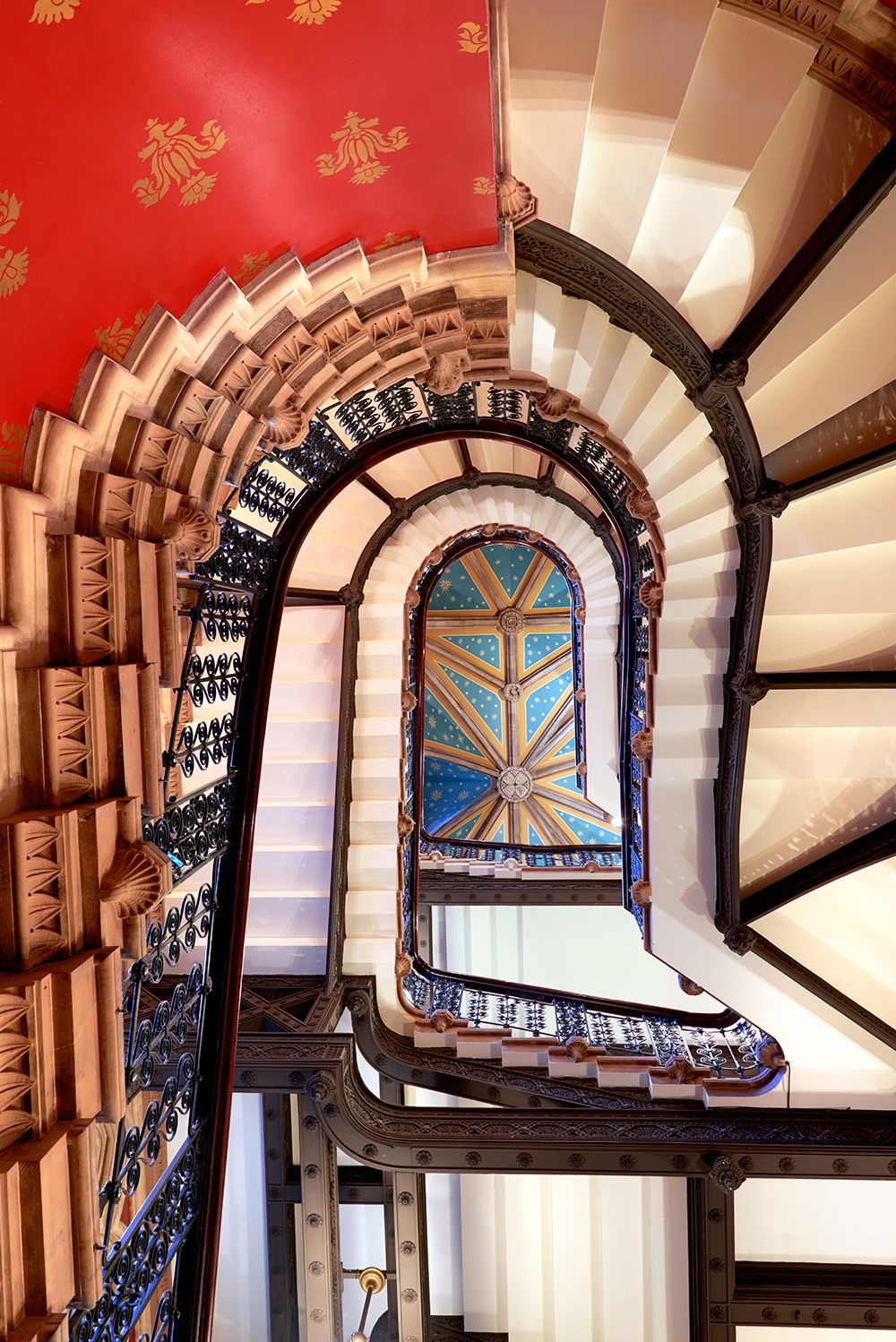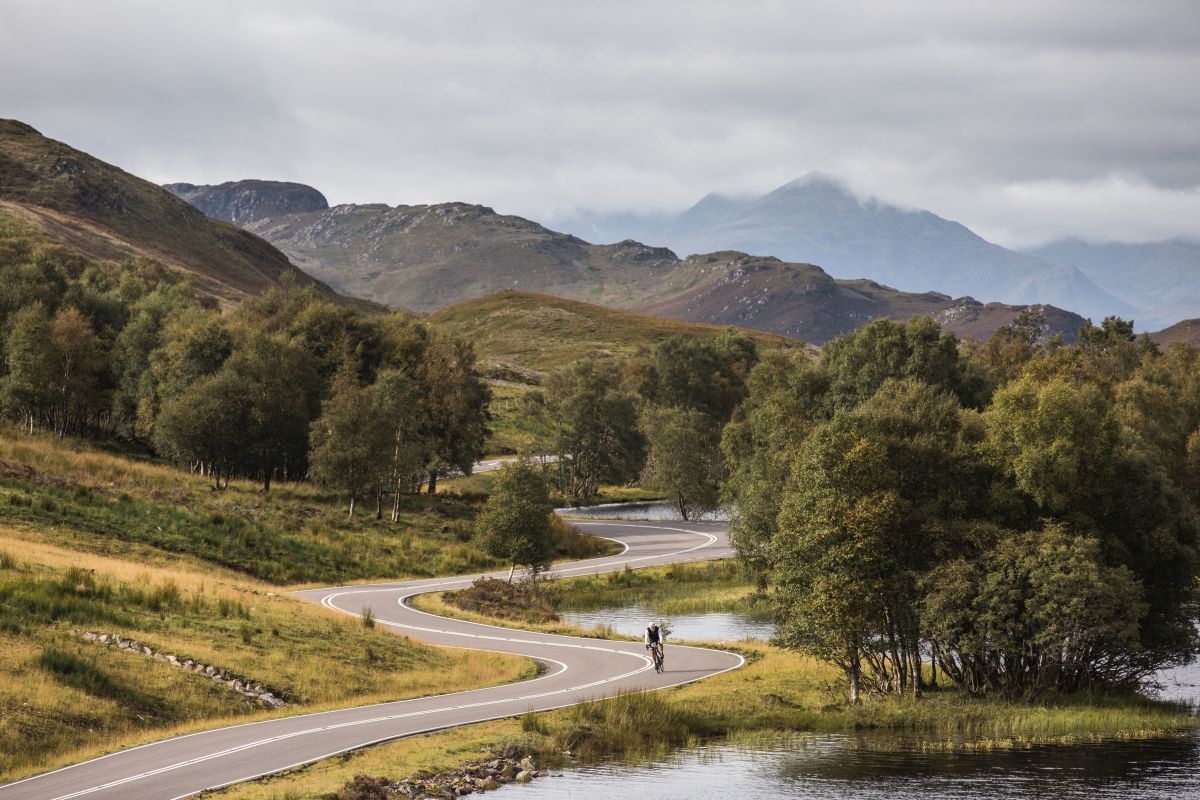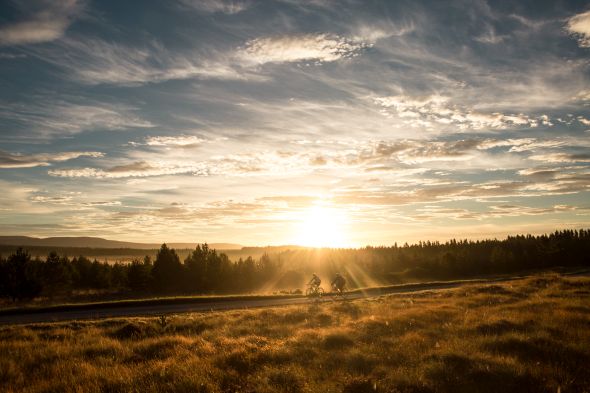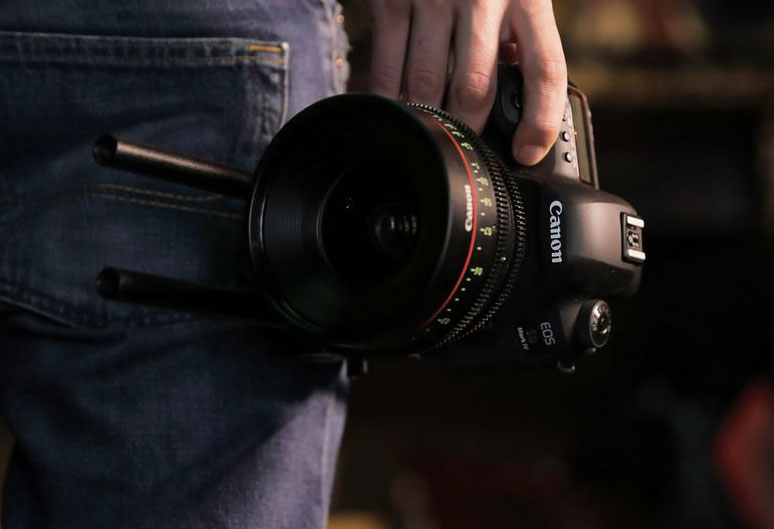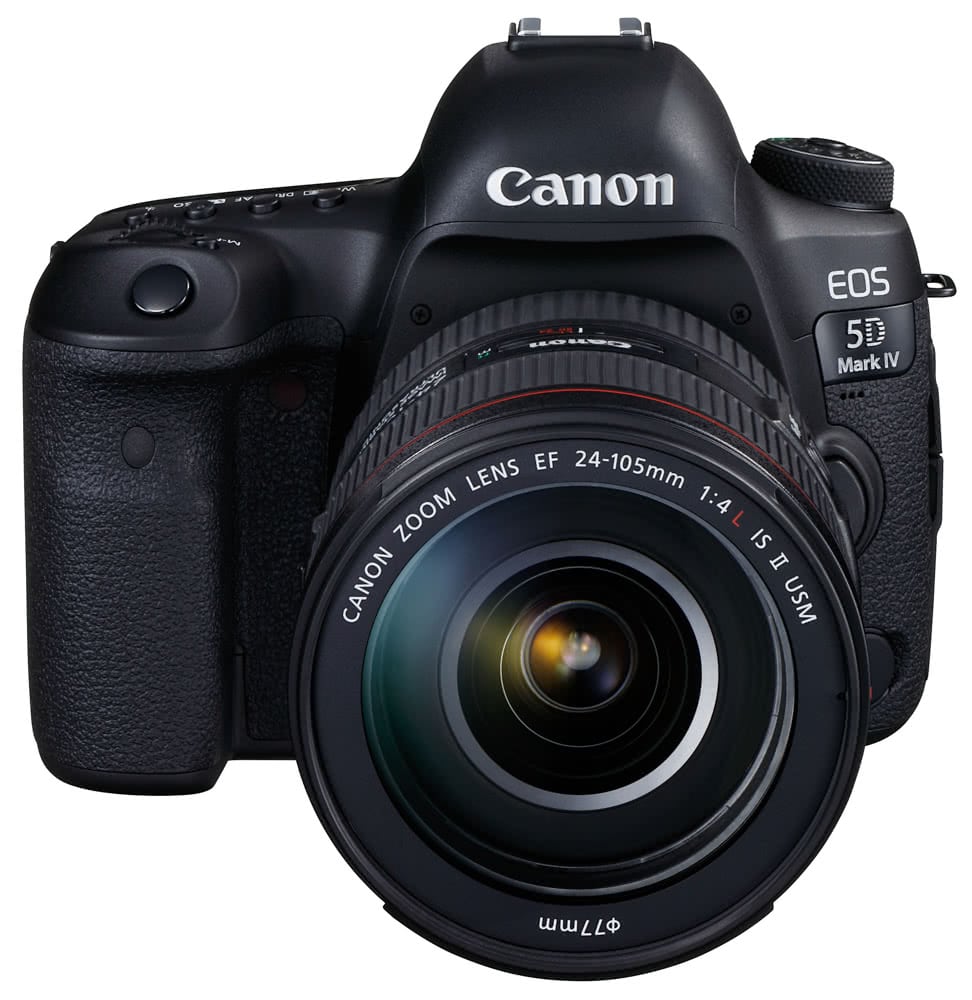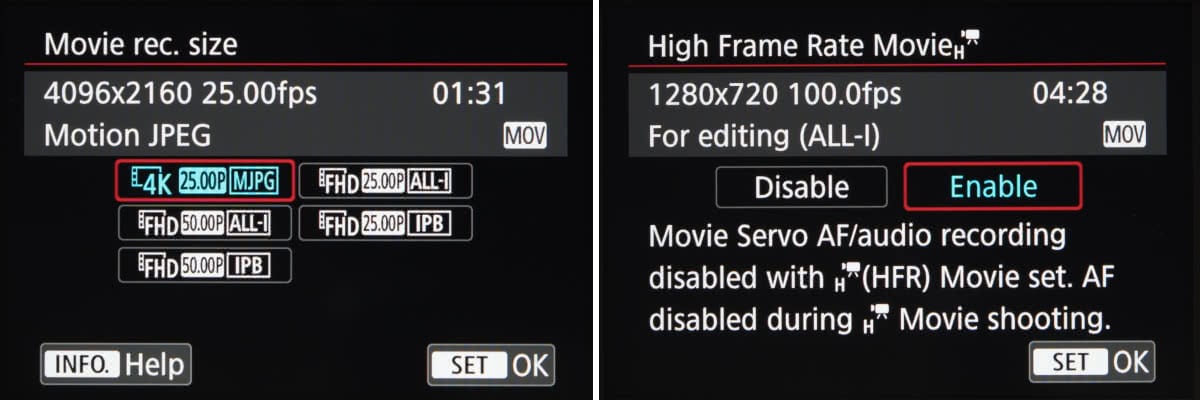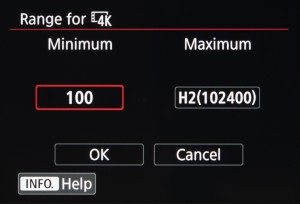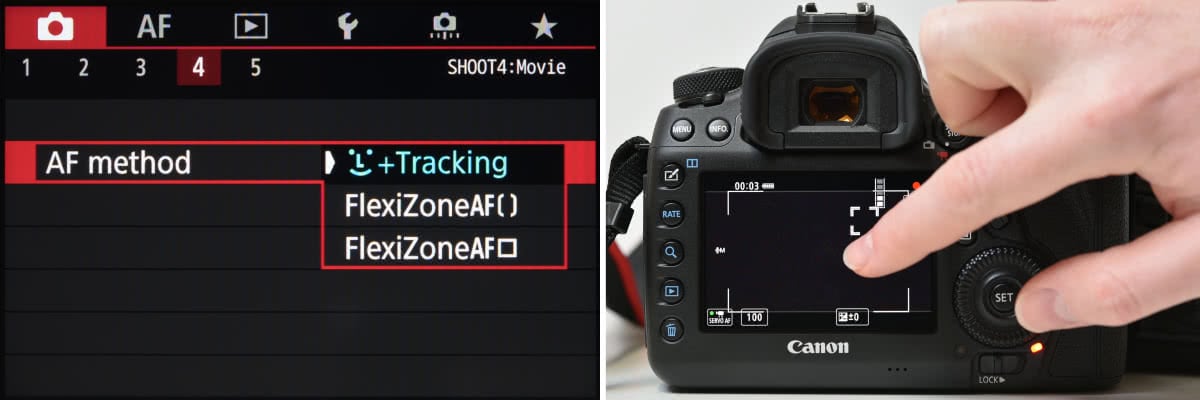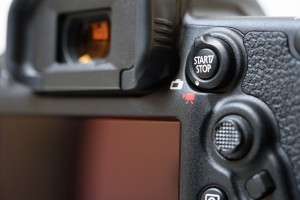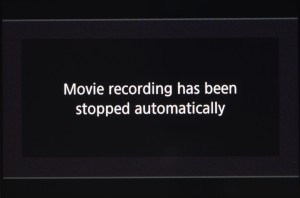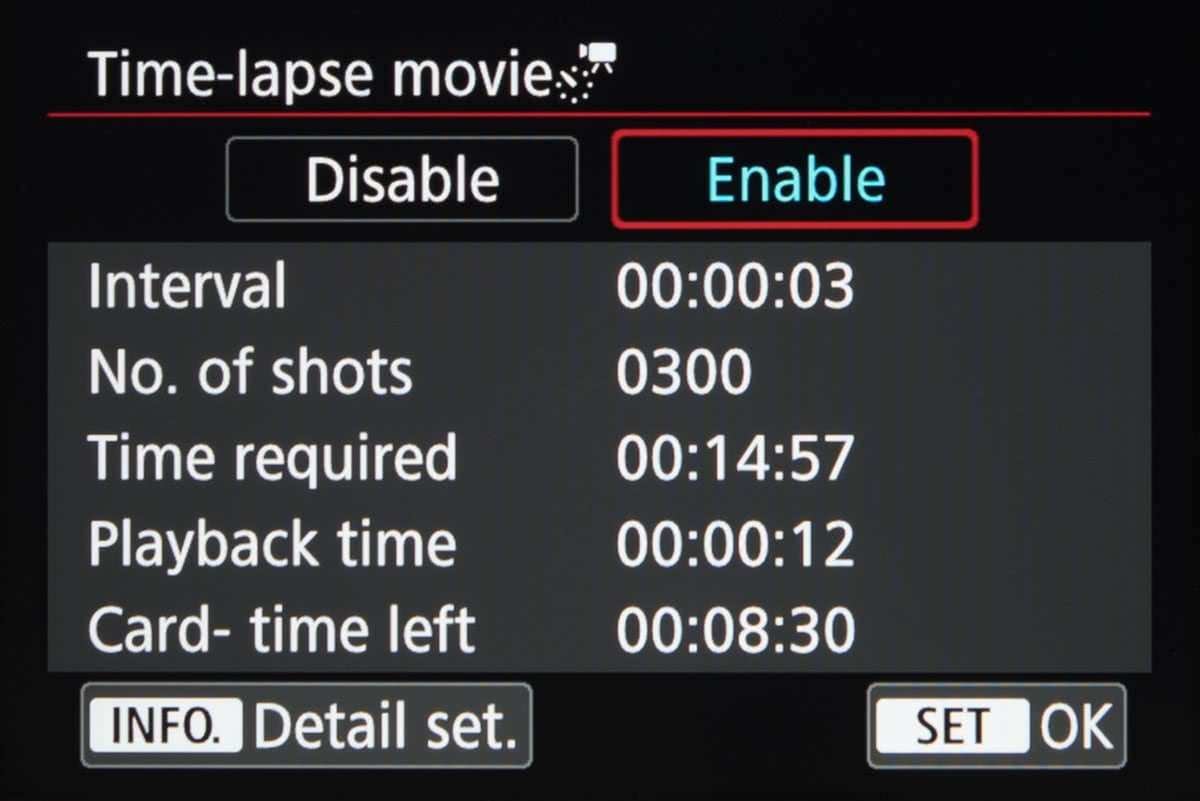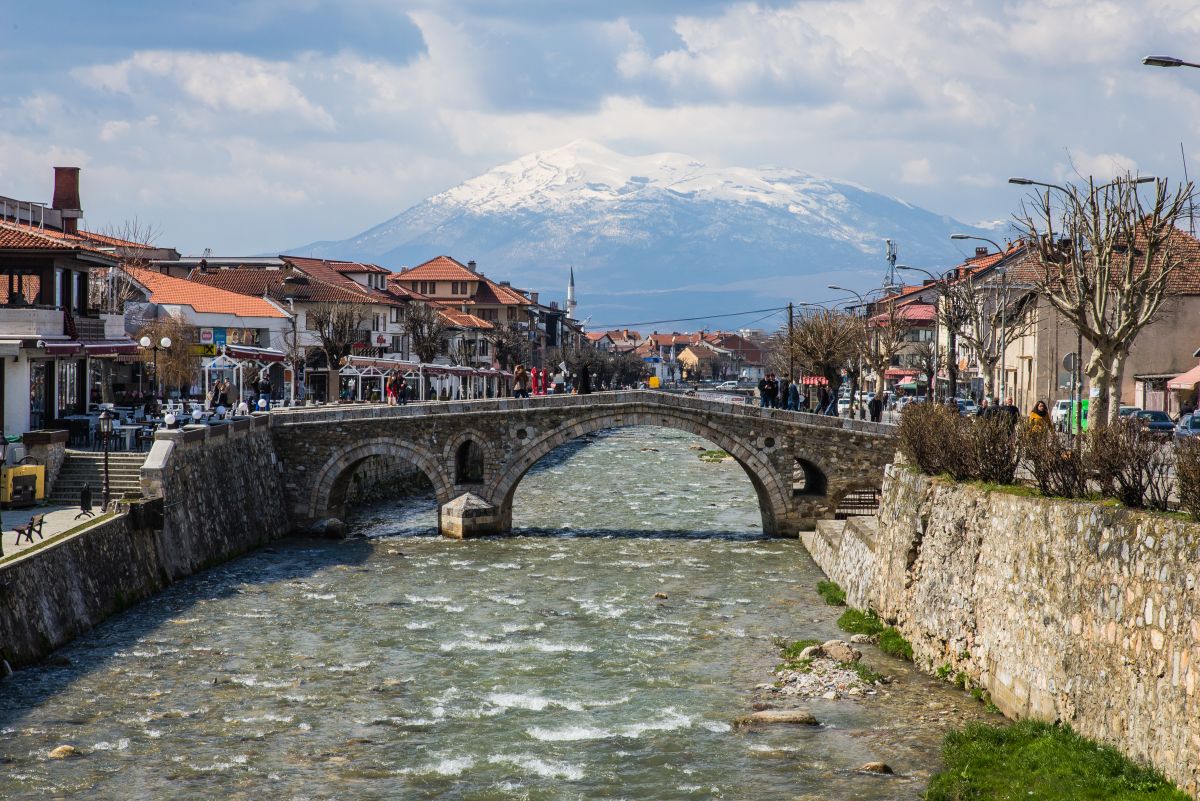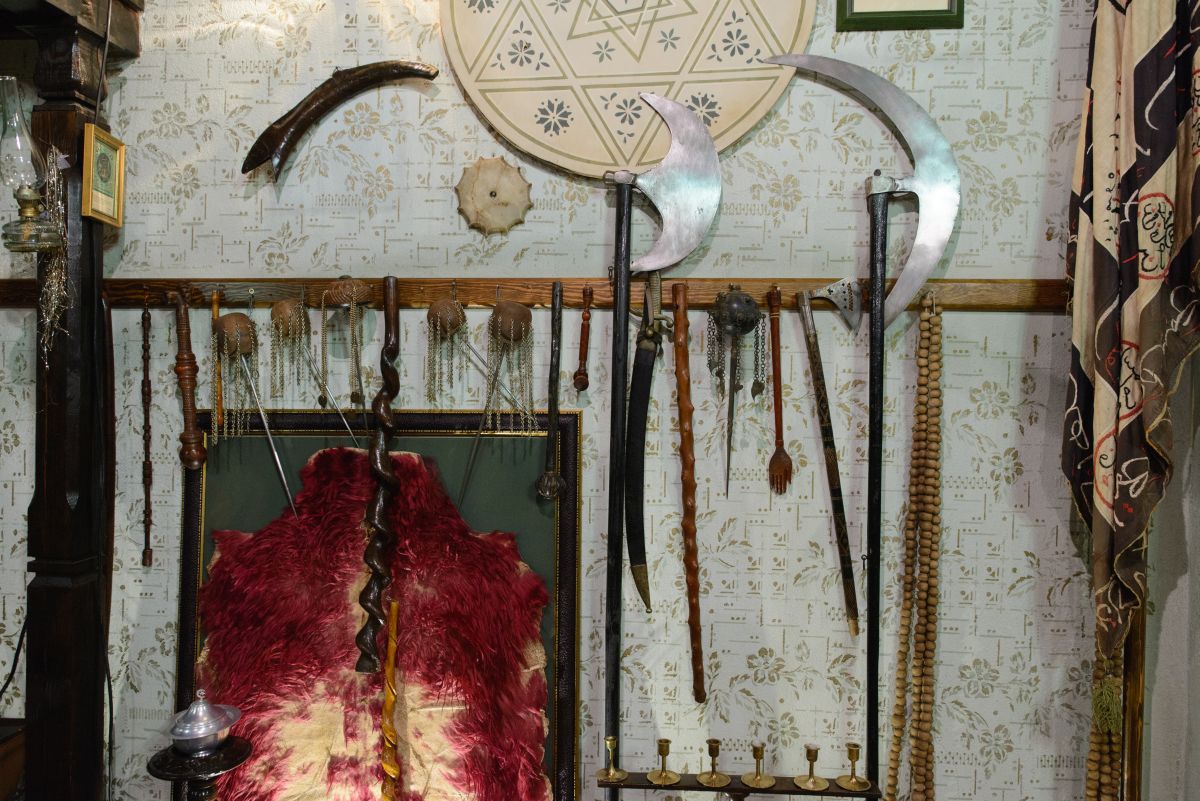We look back at a camera that kicked off a revolution: The Nikon D1
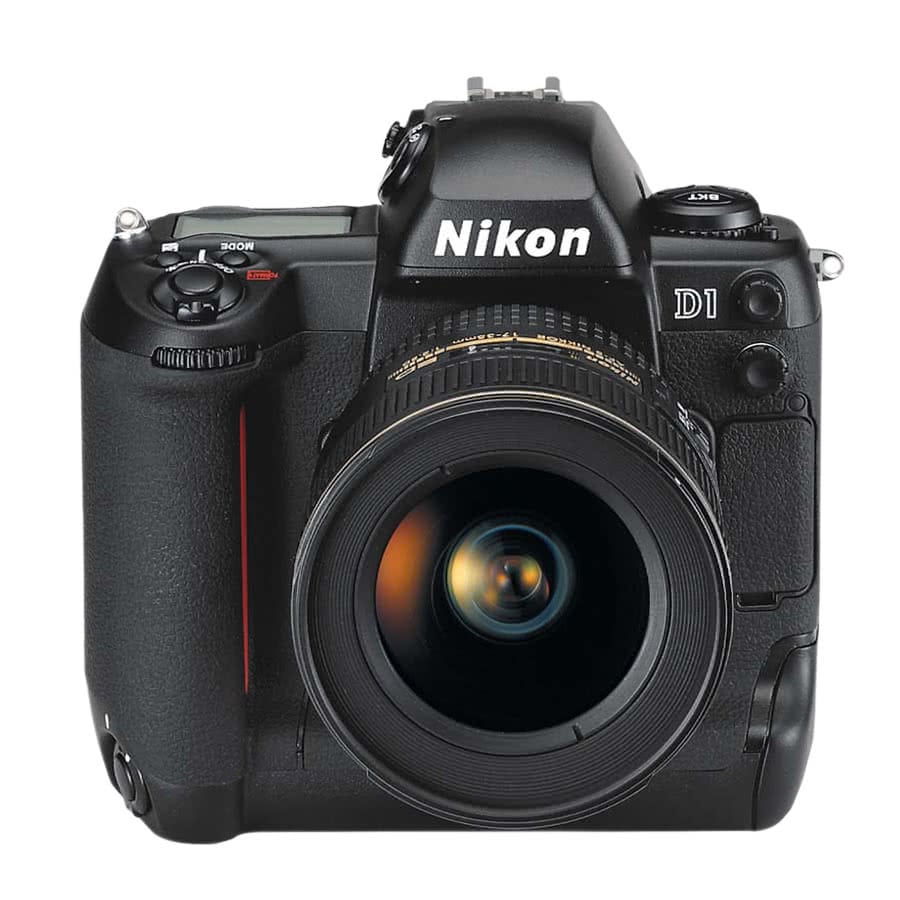
Today’s young photographers would find this hard to imagine, but in 1999 there was only one serious name in the professional SLR market, and that name was Kodak.
Kodak can be credited with inventing photography – its engineer Steve Sasson created the first digital camera, with a resolution of 0.01MP, in 1975. Thereafter the firm patented many digital technologies, many of which we still see in use today.
However, while Kodak made many great advancements in digital technologies, the same could not be said for its digital cameras. The firm was focused intensely on its film business, and its digital lineup consisted largely of unwieldy and inefficient digital SLRs, all of which came with a five-figure price tag. Other firms, most notably Fujifilm and Nikon were beginning to make movements into the digital realm, but thus far it had been slow going. Many pro photographers, especially in the fast-paced world of newspapers, were thus far sticking with the tried and true 35mm film cameras they were used to.
The point being, while Kodak was dominant in the market in the 1990s, it had left itself deeply vulnerable to a strong, solid competing camera. And at the tail end of the decade, that challenger arrived.
The new contender
The Nikon D1 was first unveiled to the world on June 15th 1999. It wasn’t the world’s first commercially available DSLR – that was the Kodak DCS100, released in 1991. It wasn’t the first Nikon-branded DSLR either – the Nikon E2 had been released in 1995. However, it was the first DSLR manufactured and released entirely by Nikon – ‘home-grown’, as DP Review put it at the time – as the E5 had been built in conjunction with Fujifilm.
This, coupled with an exciting-looking spec sheet, meant the Nikon D1 was eagerly anticipated by the pro market.
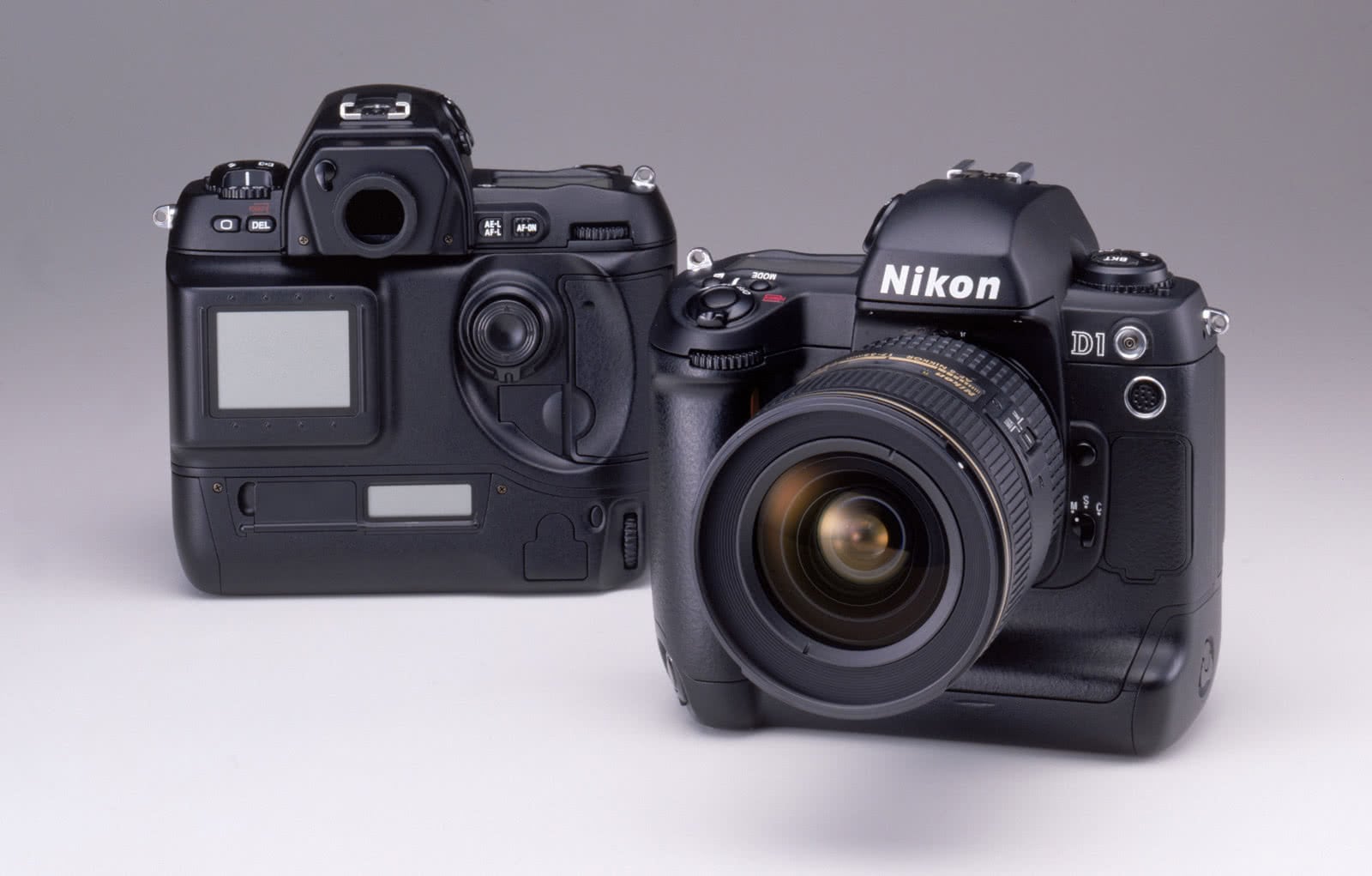 Image courtesy of steves-digicams.com
Image courtesy of steves-digicams.com
What made the D1 special?
While the Nikon D1 was by no means the world’s first DSLR, it has been called the world’s first practical DSLR.
What made it practical? Well, first off, the price. On release the D1 retailed at just under £3,000, at a time when competing DSLRs were selling for more than double that. Its nearest rival, the Kodak DCS 620, cost over £6,000. This by itself would be a major incentive, but the D1 had several other key advantages over the DCS 620 as well.
For a start, Nikon managed to build a body for the camera that was not only light and portable, but also durable and tough. At the time, DSLRs were bulky monoliths, difficult to carry and difficult to handle, and while by today’s standards the D1 would be considered bulky, it was still notably easy to use compared to the competition. It boasted a 2.74 megapixel CCD and saw the introduction of Nikon’s DX sensor size.
Another trump card for the D1 was its speed. A burst shooting mode of 4.5fps seems impossibly quaint now, but in 1999 it was positively blistering. This coupled with a maximum shutter speed of 1/16,000sec – made possible by a unique on/off sensor design – and ultra-fast flash sync to make for a camera that could keep up with the demands of pros. The fact that it was compatible with CompactFlash cards for large storage and fast transfer of high-resolution files just sweetened the deal.
There was another feature that to us nowadays seems incredibly quaint, but at the time was a big deal – the Nikon D1 was the first DSLR to shoot JPEGs, at a time when the proprietary file type was the bulky, unwieldy TIFF.
So it wasn’t first. Nor was it groundbreakingly original. But it was tough, it was fast, and that was enough to tempt 35mm users into jumping on board.
Drawbacks
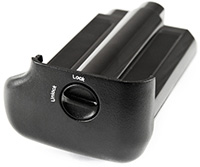 It wasn’t perfect. The Nikon D1’s major malfunction was its battery usage. The Ni-Mh batteries required to power it were not only enormous, they didn’t last very long and quickly lost their capacity to take a full charge. More cripplingly though, once the batteries got low, the camera would continue to shoot but its image processing centre would shut down, meaning it would record only blank frames! Successors to the D1 would fix this, but it was a significant flaw that could have severe consequences for the unaware.
It wasn’t perfect. The Nikon D1’s major malfunction was its battery usage. The Ni-Mh batteries required to power it were not only enormous, they didn’t last very long and quickly lost their capacity to take a full charge. More cripplingly though, once the batteries got low, the camera would continue to shoot but its image processing centre would shut down, meaning it would record only blank frames! Successors to the D1 would fix this, but it was a significant flaw that could have severe consequences for the unaware.
The camera had other flaws too, which contemporary reviews pointed out. Some observed that the camera was easily susceptible to dust incursion, leading to black spots on images. There were also issues with highlight rendition, meaning any image even a little overexposed would be in severe danger of being blown out completely.
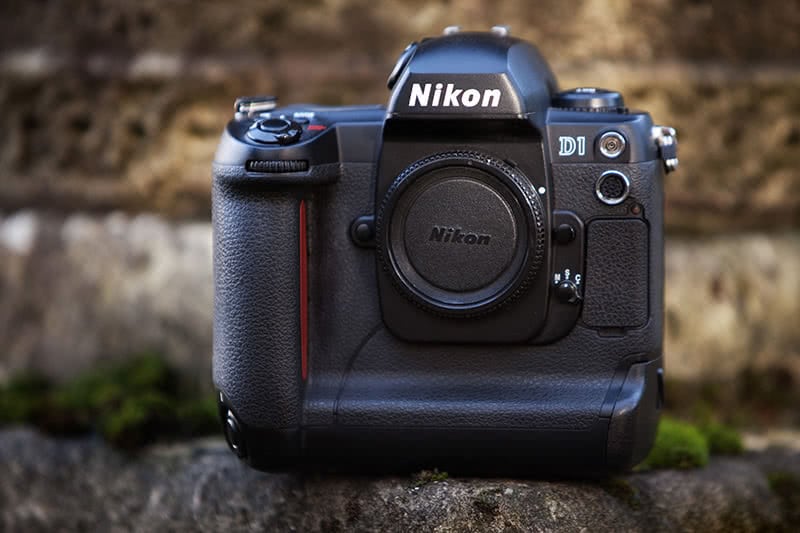 © Ashley Pomeroy
© Ashley Pomeroy
Legacy
As mentioned, the D1 wasn’t perfect, and subsequent cameras would soon surpass it by correcting some of its most egregious flaws. It was, however, the camera that got newspapers using DSLRs. The combination of speed, functionality, durability and low price point did what previous DSLRs hadn’t quite managed, and tempted a significant proportion of the 35mm-wielding professional market to cross over, and since then of course they’ve never looked back. Kodak never regained the foothold it had enjoyed in the pro-DSLR market, and since then Nikon has continued to go from strength to strength. All thanks to the humble D1!

